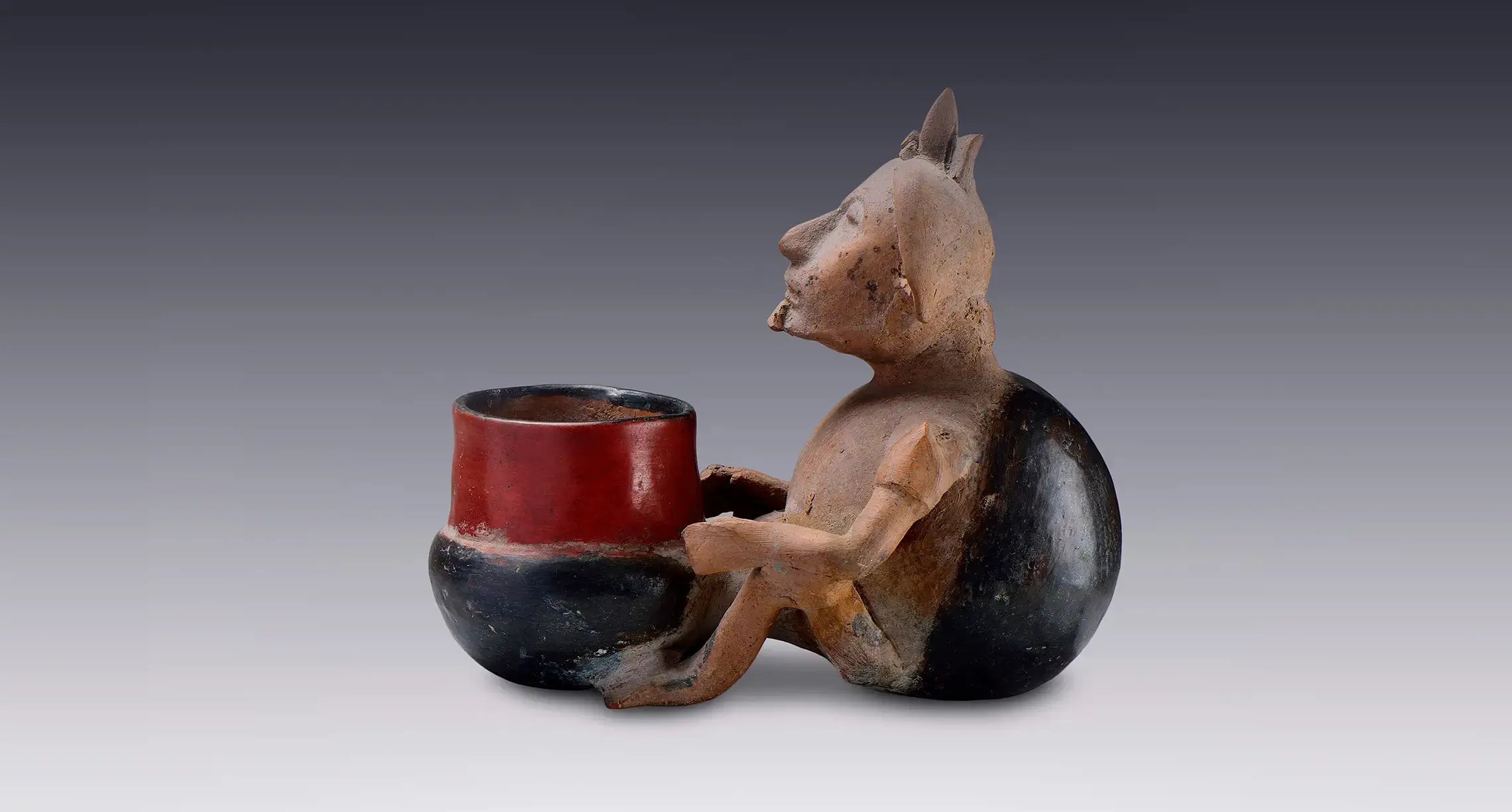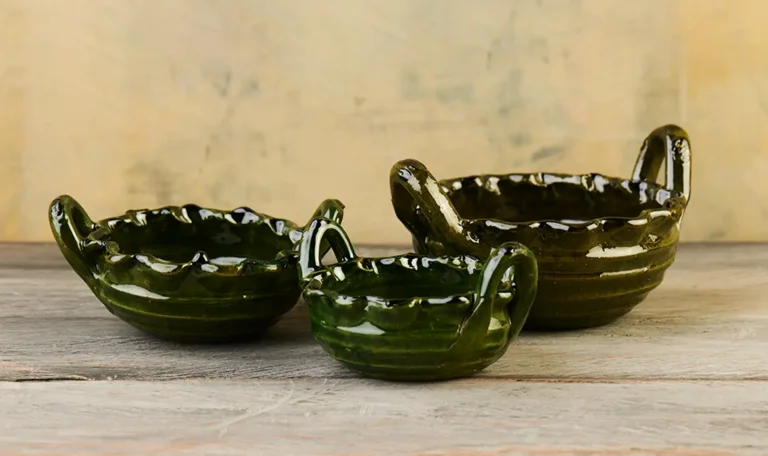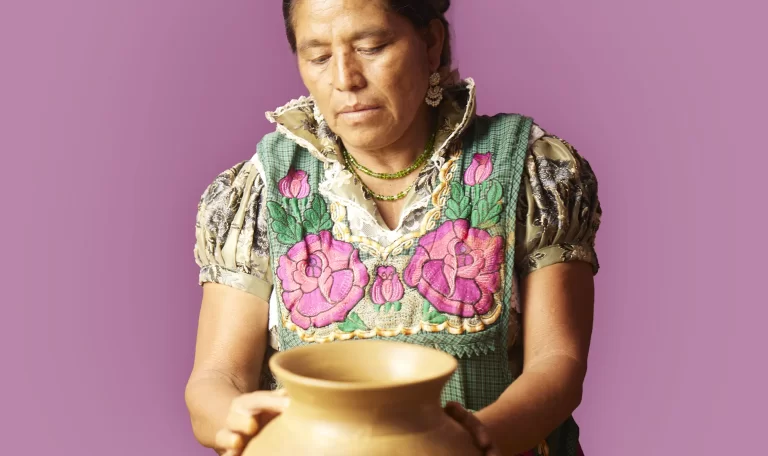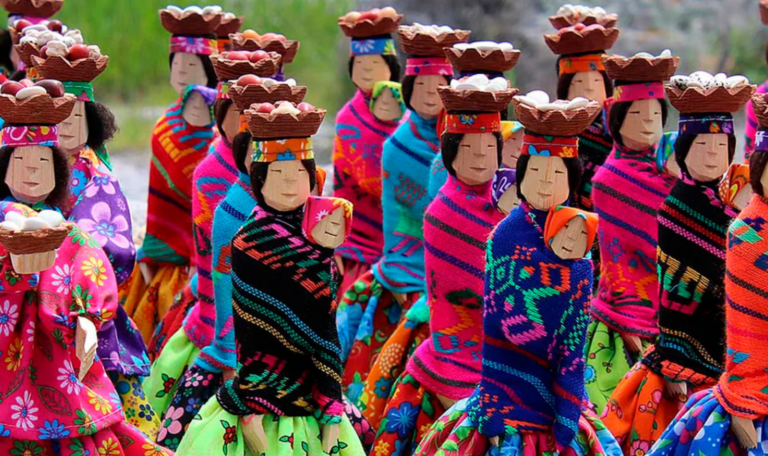At DeCorazon Mexico, we are committed to the promotion and preservation of Mexico’s rich culture and craftsmanship. Our approach ranges from the dissemination of diverse cultural expressions of the Valley, to the preservation of craft techniques that have been passed down from generation to generation.
We firmly believe that those who create and sustain Mexico’s culture and art have reinterpreted its symbols and continue to keep them alive.
Ceramics and clay have been essential materials in the creation of musical instruments for centuries, including in the pre-Hispanic cultures of Mesoamerica. These pieces were deeply linked to daily activities and rituals such as harvests, funerals, festivities, poetry and dance, at a time when music was at the center of community life.
At that time, the pieces were divided into membranophones (such as drums and timpani), idiophones (classical percussions such as the Tzompantli) and aerophones (such as flutes, ocarinas and whistles). The manufacture of these instruments often included materials such as wood and bone, combined with clay and pottery, creating a variety of unique sounds that accompanied local life.
The Sound of Clay
Ceramics played a leading role in the creation of beautiful percussions, such as red clay and natural clay pots. These pieces were used by the Zapotecs to mark the beat in dances and festivals, taking advantage of the multiple shapes and textures they offered. Musicians would strike the side of the vessels with their hands or sticks, and could also create timbales by covering the pots with ocelot skin and striking the surface with their palms. Bernal Díaz de Castillo tells that, during the nights, the drums resounded non-stop, taking away sleep, in the summits of the great temples. Their sound would evoke deities such as Xochipilli Macuilxóchitl, goddess of music, or Xipe-Tótec, god of goldsmiths.
Wind Instruments

In addition to their wide variety of percussions, ancient musical instruments included flutes, ocarinas and clay whistles, used to imitate animals and communicate with various deities. Instruments such as the Tlazotzonaliztli, a three-pipe flute found in Tenenexpan, Veracruz, or the ocarina, known for its hollow resonance chambers and finger holes, were fundamental to the life of pre-Columbian cultures. Although it was previously thought that pre-Hispanic music was limited to simple melodies, the existence of complex instruments such as the quadruple flute, or Tlatzotzonaliztli, reveals the harmonic and stylistic sophistication of the musicians of that time.
Forms that Mix
Pre-Hispanic musical instruments are faithfully preserved and recreated by artisans and researchers throughout the country. These beautiful pieces are an essential part of the vast repertoire of traditional art in Mexico and Mexican clay craftsmanship.
DeCorazón México is a store and gallery of traditional Mexican handicrafts and Mexican folk art. Our collection consists of various wooden alebrijes, natural clay crafts, black clay, red clay, among others, as well as handmade rugs and various textiles. We seek to promote and disseminate the many artistic manifestations that make up our country. And thus defend Mexican handcrafted products, popular art and new artists.





